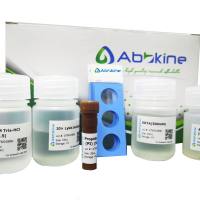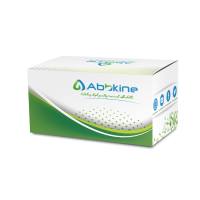Uncoupling of Topoisomerase-Mediated DNA Cleavage and Religation
互联网
660
DNA topoisomerase I and II catalyze topological changes of DNA by transient breakage of the nucleic acid backbone. Topoisomerase I transiently cleaves one DNA strand and allows the passage of single-stranded DNA through the generated nick, whereas topoisomerase II introduces a transient double-stranded break and permits passage of another double helix through the gap (1 –4 ). Owing to the physiological importance of the topoisomerase-mediated cleavage reactions, they have been intensively studied by use of an in vitro assay involving treatment with a strong protein denaturant (5 ,6 ). On this treatment, the cleavage-religation cycle of the enzyme is interrupted, and abortive topoisomerase-DNA complexes are formed, where the enzyme is covalently linked to the cleaved DNA. Topoisomerase I is covalently linked to the newly generated 3′-end, whereas a subunit of topoisomerase II is covalently linked to each of the generated 5′-ends. Several studies have utilized the detergent method to define the sites of interaction between DNA and topoisomerase I and II in vitro as well as in vivo (7 ,85 ). One of the major problems in these studies has been ascribed to the involvement of SDS in trapping cleavage complexes, as the detergent denatures the enzyme and thus prevents a subsequent study of the topoisomerase-mediated religation reaction. To overcome this problem, different attempts have been performed to separate the cleavage and religation half-reactions. Thus, circular or linear single-stranded DNA has been used as substrate for both topoisomerase I and II. The generated cleavage complexes can catalyze recircularization or ligation to double-stranded DNA containing either a 3′-overhang, a 5′-overhang, or a blunt end (9 –12 ). However, the cleavage complexes generated with single-stranded DNA are heterogenous in DNA sequence and structure, making these systems inadequate for detailed studies of the ligation reaction.









